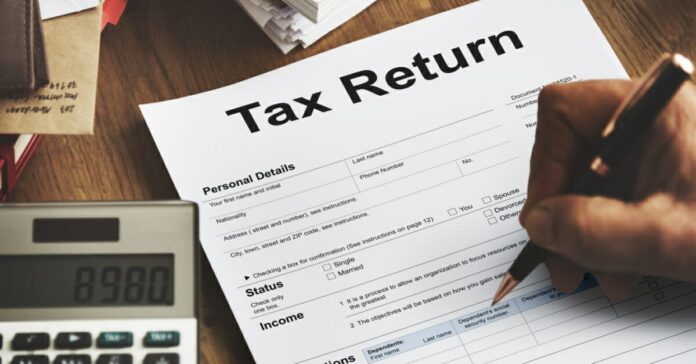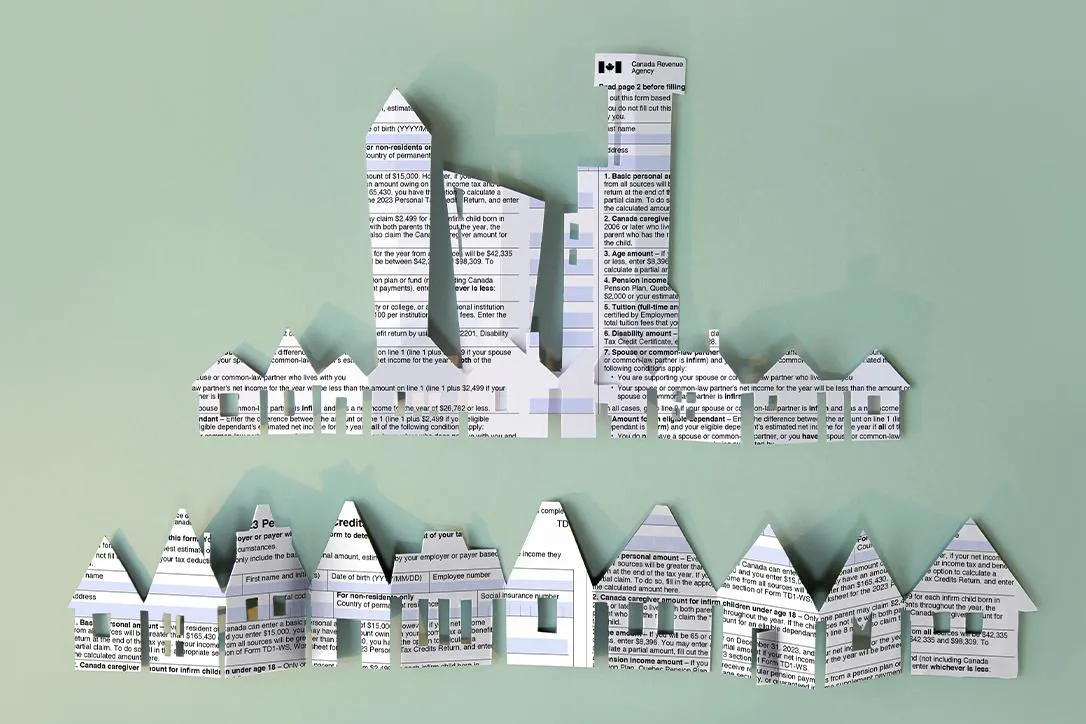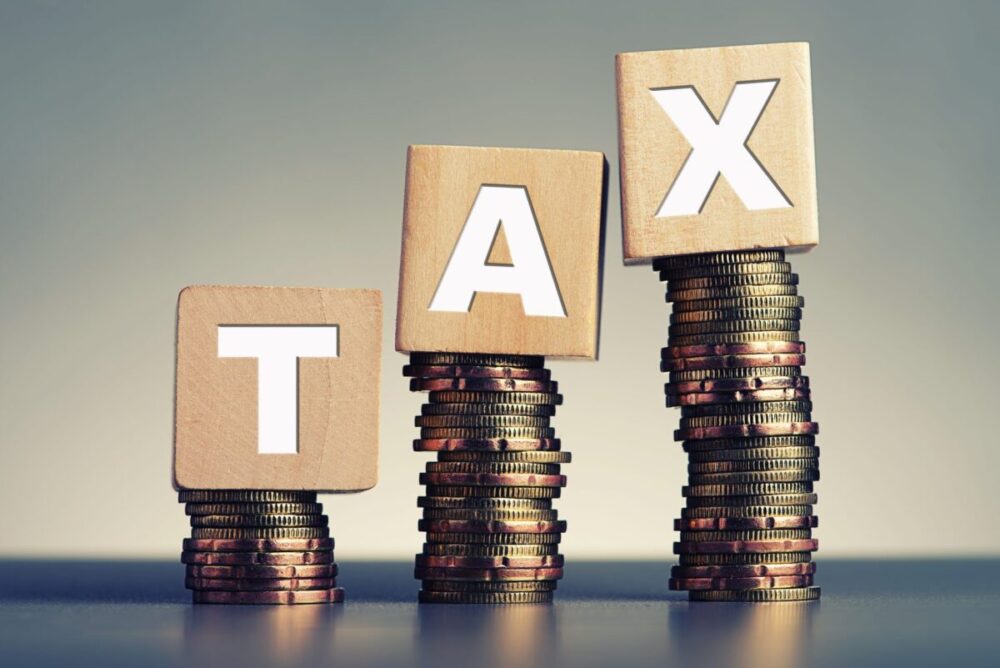
Are you tired of seeing all of your hard-earned money going to taxes? Looking for ways to maximize your Canadian tax return? Let us show you the ropes!
1. Make Use of Professional Services
Qualified professionals are well-versed in the Canadian taxation system and understand the individual and corporate processes. They can provide advice on the best way to maximize your return, as well as provide assistance with filing taxes.
In addition, a personal tax accountant can help identify any deductions or credits that may not be included on your return. Ultimately, utilizing professional services is one of the most important steps you can take to maximize your return and make sure that you’re getting every penny back that you’re owed!
2. Consider Credits and Deductions

Tax credits and deductions can help you to reduce the amount of taxes that you must pay and maximize your return. Credits reduce the money that you owe, whereas deductions lower the taxable income. To qualify for certain credits or deductions, special rules may apply and you may need to provide supporting documentation.
3. Take Advantage of Planning Strategies
In addition to familiarizing yourself with Canada’s laws, consider taking advantage of some specific strategies outlined below to get the most out of your tax return.
- Eligible Pension Income Splitting – If one partner has a much higher income than the other, pension income splitting may be beneficial. This legal strategy allows up to 50% of eligible pension income to be transferred from the higher-earning partner to the spouse with lower earnings for tax purposes.
- Claim All Deductions and Credits – There are numerous deductions and credits for federal and provincial taxes that many people do not take full advantage of when filing their returns each year. Situations such as having children or renting out a portion of your house can lead to hefty credits come time for filing taxes in Canada.
- Investment Strategies – You may also want to consider variations in investment strategies that reduce gains while taking advantage of other forms of government assistance such as Registered Retirement Savings Plans (RRSPs) and Tax-Free Savings Accounts (TFSAs). Not only do these investments provide exponential growth over time, but any investment gains earned within these plans are often exempt from capital gains taxes.
4. File Your Tax Return and Receive Your Refund

Filing your tax return is the first step since it allows the Canadian Revenue Agency (CRA) to calculate your payable and refundable amounts. When you file your return, you need to provide the CRA with pertinent financial information such as your employment income, self-employment income, investment income, tuition fees paid and scholarships received.
Based on the information you send in, CRA will then calculate how much you owe for taxes or how much of a refund you get.
Final Words
If you’re like most Canadian citizen, you’re probably feeling a little overwhelmed with all of the changes happening in the system this year. Whether it’s making use of deductions or claiming credits, following these simple tips can help you save money on your taxes and improve your bottom line. Thanks for reading!








